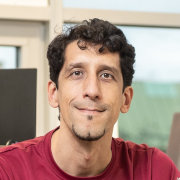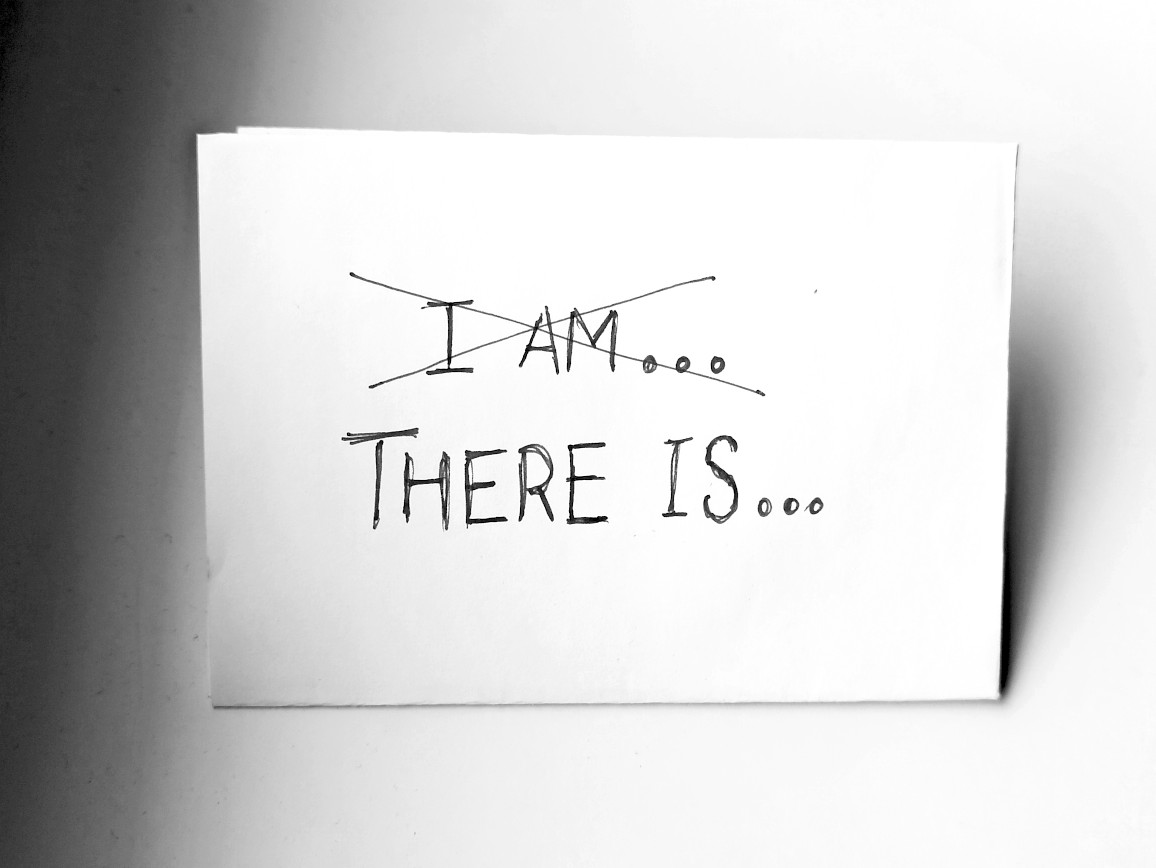POSTS
A Monday Mantra to face uncomfortable emotions (#2 productivity challenge sneak peek)
by Luis P. Prieto, - 7 minutes read - 1321 wordsIn a previous post, I mentioned that uncomfortable emotions (like guilt, anxiety or indecision) are one of the most common obstacles to productivity that our PhD students report. In preparation for a longer series of posts on “emotional first aid for the PhD”, I have found a short mental exercise that has helped me face those difficult emotions lately. Here it is, in the form of a card-based “Monday Mantra”.
When I wrote about the productivity challenges faced by PhD students in our doctoral workshops, I mentioned the surprising realization that many students had, about the big role that difficult emotions had in their lack of productivity:
The most common ones were anxiety (e.g., “I don’t have enough time to finish my thesis”) and different forms of fear: fear of criticism by supervisors, fear of not doing the correct thing. Others reported a paralyzing indecision (e.g., when facing multiple courses of action that seemed equally valid). There were mentions to frustration, especially after an experiment gives bad or inconclusive results. Other common emotional hurdles to productivity are guilt (especially, after engaging for a while in [procrastination]) and boredom in the face of difficult or tedious thesis-related tasks.
Although I left the doctoral phase behind more than 8 years ago, I still can relate. Totally. The other day, while I was preparing the materials for one of the courses I’m teaching (about scientific writing), I was assaulted by a rush of anxiety about a recent meeting with one of my PhD students. I spent the best part of a pomodoro ruminating1 about whether I was providing the right kind (and amount) of guidance to the student.
This was not an isolated episode. No matter what stage we are in our research career, we still face emotions like fear (e.g., of letting your university down when you desist in submitting a funding proposal), guilt (e.g., when declining to review a paper for a journal, even after determining that doing so would cave into self-care and family time), etc.
To deal with those everyday occasions in which difficult emotions threaten my productivity and peace of mind, I have recently picked up a really simple but profound practice. This exercise is inspired by a short episode/meditation of the Ten Percent Happier podcast, led by Joseph Goldstein.
I am …
In these moments of anxiety, boredom or guilt, we are just immersed in the emotionally-tinged thoughts. For some, this takes the form of an internal monologue in which we are telling the story of e.g., what we are fearing, or how it will evolve into some kind of catastrophe. For others, it is a series of images of past events or future scenarios. It is like we are in a cinema, watching a movie, when the movie is really engaging and everything else disappears. We are in the story of our guilt, anxiety or boredom.
Yet, sometimes (and this gets easier with practice), we notice this state of mind. We take a tiny step back and realize that we’ve been watching this movie (or hearing this internal monologue) for the past 15 minutes – instead of doing the task we wanted to do.
I’m anxious. I feel guilty. I am bored.
In my experience, immediately after this realization, our brain conjures again all the reasons why we should be anxious or guilty or bored and… we are back to the movie, to the monologue, for the next stretch of time. There is something about such “selfing thoughts” (about I, me, myself and mine), that keeps us in these emotionally-difficult thinking loops.
But this moment of recognition of our own mental state can also be a critical turning point towards more productive thinking patterns. Once we give the tiny step back and think “Oh, I’m frustrated”, “Hmm, I am scared”, we can try the following shift…
I am There is…
Just shift the thought from “I am X”, to “There is X”.
There is anxiety. There is indecision. There is fear. There is guilt.
No need to describe about what, or why. Just “There is…”.
This simple shift of thought puts us into a sort of “observer mode”. It helps us distance ourselves even more from the unproductive story-making mind (what is called defusion2 in Acceptance and Commitment Therapy). This observer mindset makes it easier to turn to these thoughts and feelings with curiosity (not rejecting them or lashing at ourselves for having them). We can recognize how the feelings are felt in the body (“Hmm, there is this tightness in the chest”), or in our breath (“There is a lightness of breath”). In this, more rational, frame of mind, we can then decide what we want to do, what is more important in our life: sitting there engrossed in the catastrophizing thoughts, or doing the task we intended to do. And, as we did with the “sitting with uncertainty” exercise, we can continue doing the work, if we so decide3.
Make it a practice
This will not work every time. Heck, most of the times, we will not even notice we are anxious or bored. We will just be, and our brain will be churning out stories or movies about that. Especially, at the beginning. But, if we manage to give that first step back and recognize we are feeling something uncomfortable, we can try the shift to observing the feeling. Of breaking the loop. Slowly, we will build the habit (or the muscle) of emotion recognition. Having a physical reminder (like the card above) on sight in the place where we work, might help too.
Try it for two or three weeks, and see if the emotions that kept you from being productive slowly recede, or become less compelling. They will always be there, from time to time… the question is whether we can live with them, and still do what we want to do in our lives.
Back to my original example, that is exactly what happened to me. The following evening, while talking with my partner at home, my mind wandered off again into the “am I supervising right?” rabbit hole4. And again the next morning, while doing my stretches…
I am ruminating again… There is rumination… Feel the muscles stretch, the breathing…
It’s OK… Thanks, brain, for trying to protect me by bringing this to mind.
But I’ll continue doing what I was doing.
Did you try out this short exercise to deal with uncomfortable emotions at work? How did it go? What other strategies or tactics do you use when you are assaulted by anxiety, guilt, indecision or boredom? Let us know in the comments section below!
Header image by Darkday via Flickr
-
Nolen-Hoeksema, S., Wisco, B. E., & Lyubomirsky, S. (2008). Rethinking Rumination. Perspectives on Psychological Science, 3(5), 400–424. https://doi.org/10.1111/j.1745-6924.2008.00088.x ↩︎
-
Blackledge, J. T. (2007). Disrupting verbal processes: Cognitive defusion in acceptance and commitment therapy and other mindfulness-based psychotherapies. The Psychological Record, 57(4), 555–576. ↩︎
-
If we decide that continuing to think fearful, anxious or guilt thoughts is important and needed right now, then that’s fine as well. Yet, I would suggest making an actual task of the thinking. We could dedicate a time-limited period (e.g., a pomodoro), to take pen and paper and problem-solve about the situation that is causing the difficult emotion, making a detailed plan of concrete actions to mitigate the problem or avoid it in the future. This is similar to the ‘fear setting’ exercise I have mentioned when making important decisions about the doctorate . ↩︎
-
This is an insidious property of these emotions: even if they are generated at work, they do not stay confined to work-time, and often spill over to our private lives. Robbing us of the rest and recovery that those other parts of our lives could provide – see Guy Winch’s TED talk on this topic. ↩︎

Luis P. Prieto
Luis P. is a Ramón y Cajal research fellow at the University of Valladolid (Spain), investigating learning technologies, especially learning analytics. He is also an avid learner about doctoral education and supervision, and he's the main author at the A Happy PhD blog.
